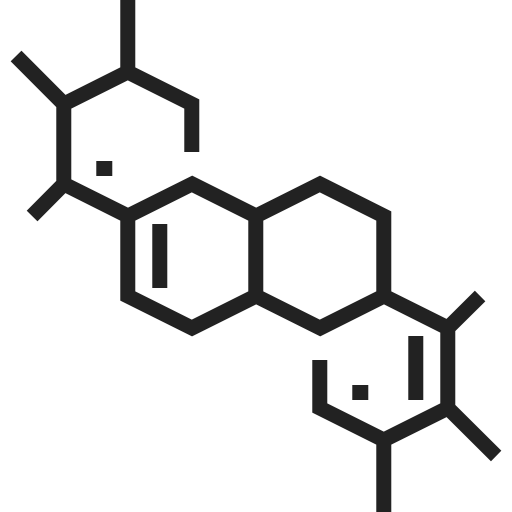
Our Mission
The mission of Pyrolyscience is to add analytical pyrolysis techniques to the common toolbox of earth and heritage scientists worldwide. It does so by offering high-quality analytical services and data evaluation all the way to the publishing phase (molecular identification, quantification, interpretation, writring). Pyrolyscience.com is also an exchange platform for experts of the field.
about us
Pyrolyscience is a company that provides analytical and scientific services for Py-GC-MS and THM-GC-MS and also aims to provide a platform on analytical pyrolysis research. Due to the complexities of pyrolytic reactions, good research in this field requires knowledge and experience which is not always available, and as a result this molecular characterisation method infra-utilized in many fields. Pyrolyscience provides that know-how in the fields of the Earth and Heritage sciences.
Customers reviews






